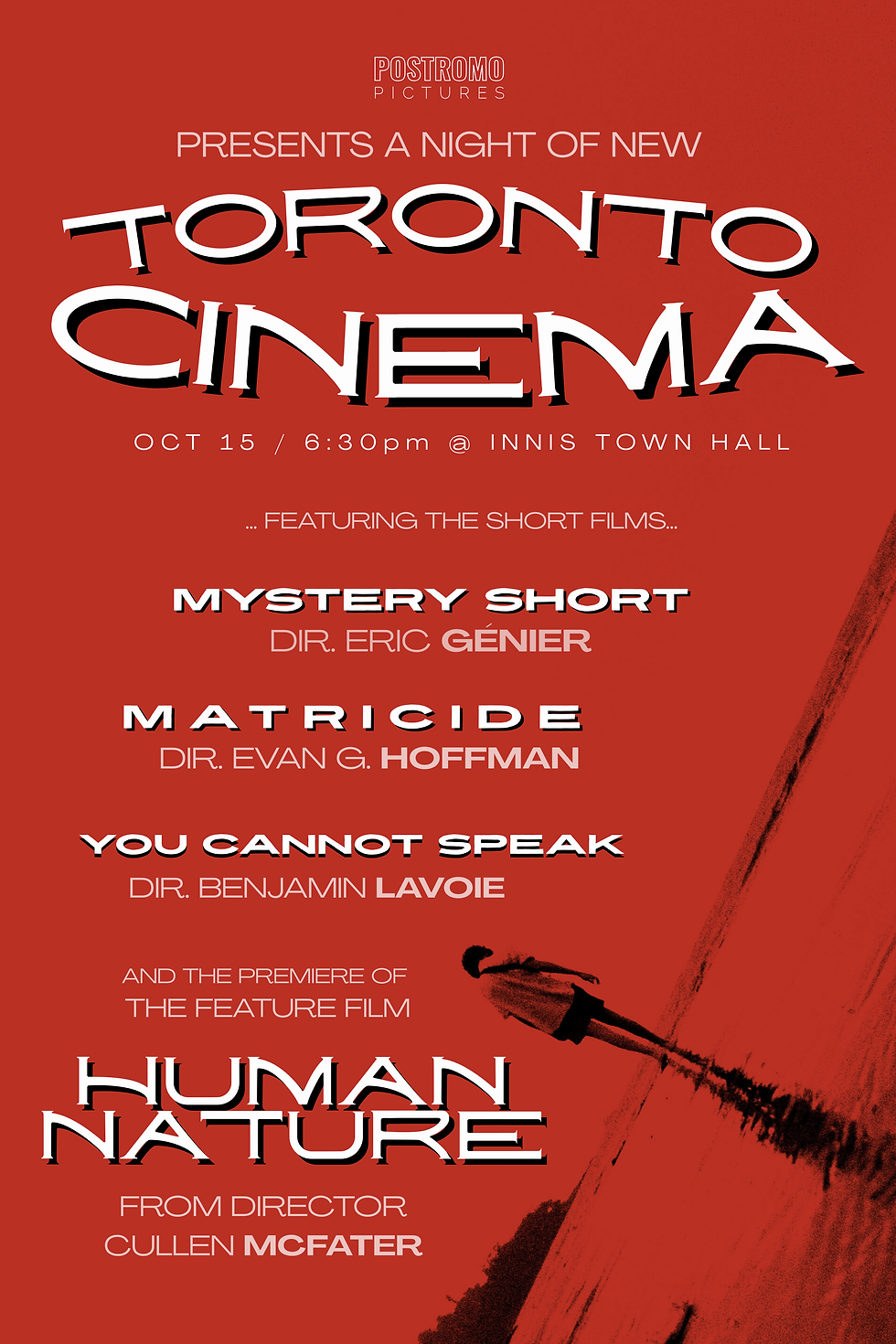Advancements to our emulation process
- Cullen McFater
- Apr 23, 2020
- 3 min read
As some of our more tech savvy followers might know, a great deal of my time as a DP is spent on developing an accurate emulation of 35mm film to be used for transforming digital images into ones that match the qualities and characteristics we as consumers generally associate with something shot on celluloid. A few tech demos I've done on this process can be seen on our tech demos page, but in short, my desire has always been to go beyond simple colour rendering and to go into the actual intricacies of how film captures light and colour. This means including elements like grain, halation, shadow and highlight falloff etc being built into the process.
Although this complicates the workflow behind the emulator ten-fold, what it allows for is an accurate adjustment layer that can simply be overlaid onto any timeline regardless of lighting conditions, colour temperature, lensing, and even to a certain extent, the camera that's being used to acquire those images. It's not about laziness or saving time by applying a single "filter" and calling it a day (rather than doing detailed work to correctly grade each individual shot), but rather it is about being able to create a uniform look through a set process - and the flexibility of this process (as opposed to something that tends to be quite locked in, like a LUT) is what makes it so easy to work with in post. If you can run the entirety of a film through a single colour pass (much like a chemical bath on real celluloid) and have to only make fine, minor adjustments after that application, then your film is much more likely to have a defined style and aesthetic "look" to it than if you were to start from scratch and adjust each clip individually, hoping to reach the same result throughout the film. Another benefit of this new process is that all the elements are independent of each other - If the emulation of film doesn't work on a specific project, you can pull back the grain and halation to nothing and keep the colour renderings, allowing for a cleaner, sharper more digital looking image - and vice versa, if, rather than 35mm, you'd like to emulate 16 or 8mm film, you can increase those elements independent of each other.
Here are a few visual examples of the new process:
This image is the original camera digital negative, shot on the Ursa Mini Pro 4.6K G2 (Blackmagic Raw):

And here is the original emulation process I developed, a much more simple but less accurate/authentic emulation:

Notice that the halation (the narrow band of light in an area of high contrast) around the window remains a true white - this is an artifact of digital cameras, not of celluloid. There's also a blue hue to the whole image, not something that is necessarily untrue of film but not something commonly associated with celluloid cinematography, either. This image (above) also needed work, touching up the contrast and tinkering with the lighting, after the film emulation had been applied, which the images below did not need.
Now, take a look at the new emulation process (disregard the changes in aspect ratio):


You can see in these two images that the colour rendering is much more accurate to what we're used to seeing on film, in particular a Kodak 5219 stock. The halation around the windows is no longer a stark white, but rather has the faint orange-magenta hue that we see artifacted in film. A greater level of detail is retained in the highlights, which is also true of film, whereas the shadows tend to lose detail. It's also important to note that the simple temperature change (the newer emulation appearing less blue) isn't the point of this comparison - there's a far more intricate process going on that happens to yield the result of a warmer, less blue image, but that was not the goal of the redesign.
To further the point that this process is, despite having a more complex system behind the scenes, far more simple to use, here is an example of the old emulation and the new emulation on a shot that was acquired with an entirely different, older camera model. Again - the first, older shot needed work on the balancing of the shadows and highlights, of the colour rendering, etc. after the application of the film emulation, whereas the second shot (new process) did not require any work after the emulation was applied.
Old process:

New process:

I'm very proud of the work that's been done on this, and can't wait to utilize the new emulation process in future projects. Below are some additional images, once again, not adjusted at all, simply taken straight from camera and run through the identical emulation process.




Thanks for reading.









Comments